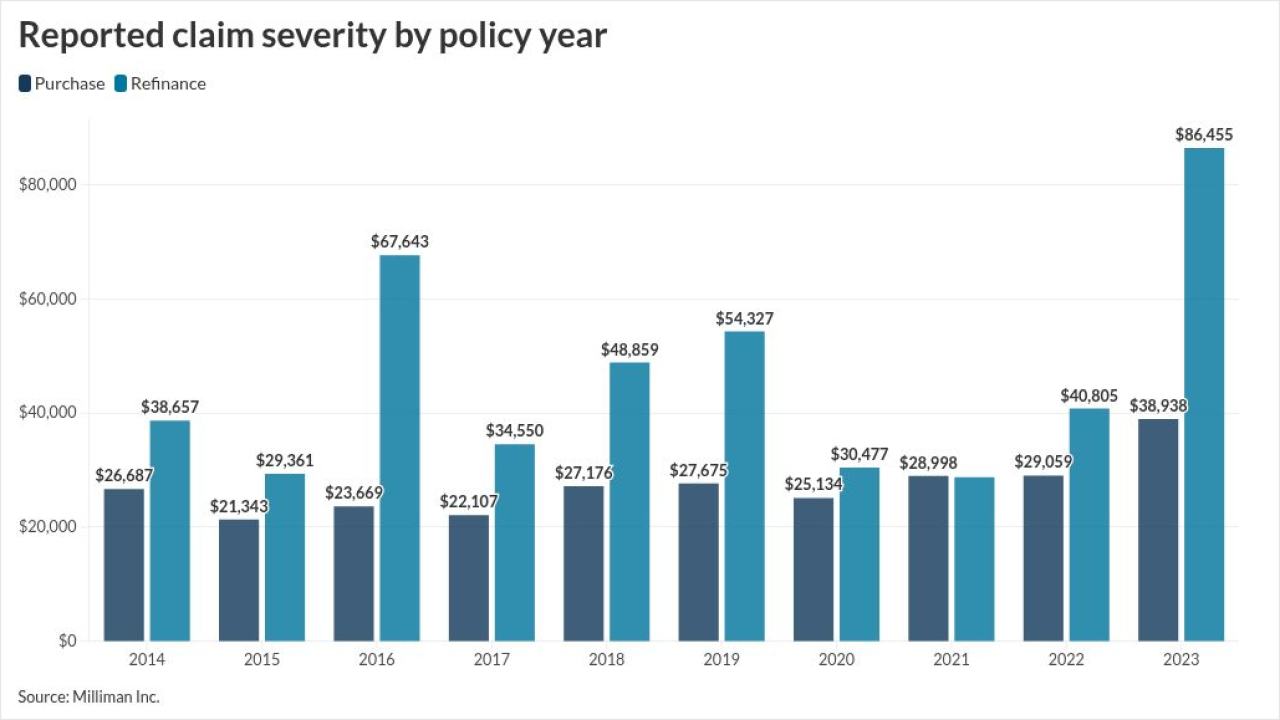Where does your organization stand in terms of its embrace of data analytics? If you’re like most enterprises, you’re probably just starting to get your arms around the opportunity and challenge. In many cases, IT leaders feel their infrastructures are not ready to handle the crush of new data and accompanying analytics applications.
That’s the gist of a
The report defines “data innovators” as companies that lead the pack with advanced data infrastructure, expertise and high-quality data governance.
[Check out
Data innovators have far greater capabilities they are achieving, including generating forward-looking insights from their data (44 percent, versus only four percent of early stage adopters). In addition, they are 10 times more likely to be capable of evaluating risk and performance across the entire portfolio than their less data-centric counterparts (39 percent versus four percent), and six times more likely to be able to extract investable insights from a large volume of data (36 percent versus six percent).
What are these leading companies doing differently that is helping them better leverage the power of data analytics? Investment is one key, State Street concludes. Thirty-eight percent of innovators are ramping up their data analytics investments by 10 percent or more a year, versus 18 percent of less-advanced enterprises.
Data leaders also recognize that data and analytics are strategic to their businesses. Forty-none percent of the leaders recognize data as their “most important strategic priority,” versus only 22 percent of the less-advanced group.
State Street makes the following recommendations to become a leader in the data analytics area:
- Break the “legacy trap” by replacing outdated systems that lock your data in silos
- Learn how to exploit unstructured data to drive new sources of insight
- Integrate your analytics across the entire investment portfolio to spot new investment opportunities and to identify hidden risks
- Embrace outsourced models and the cloud to become more flexible and cost efficient
- Crack the compliance challenge with systems that can cope with global regulatory changes
- Create compelling career opportunities for data scientists, and learn how to knit them into existing teams
- Ensure data governance and security standards are understood by, and entrenched throughout, the organization





